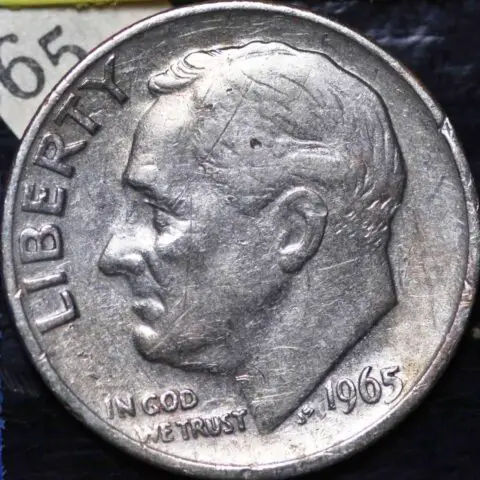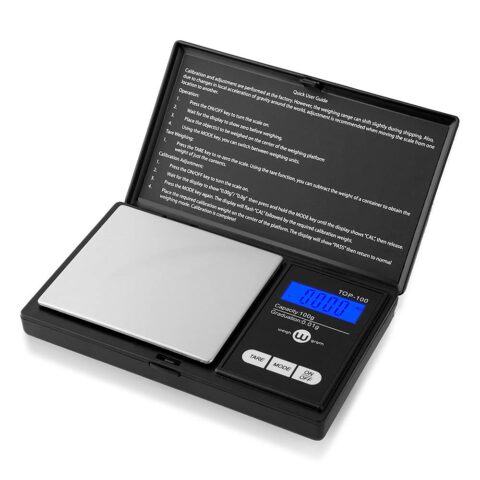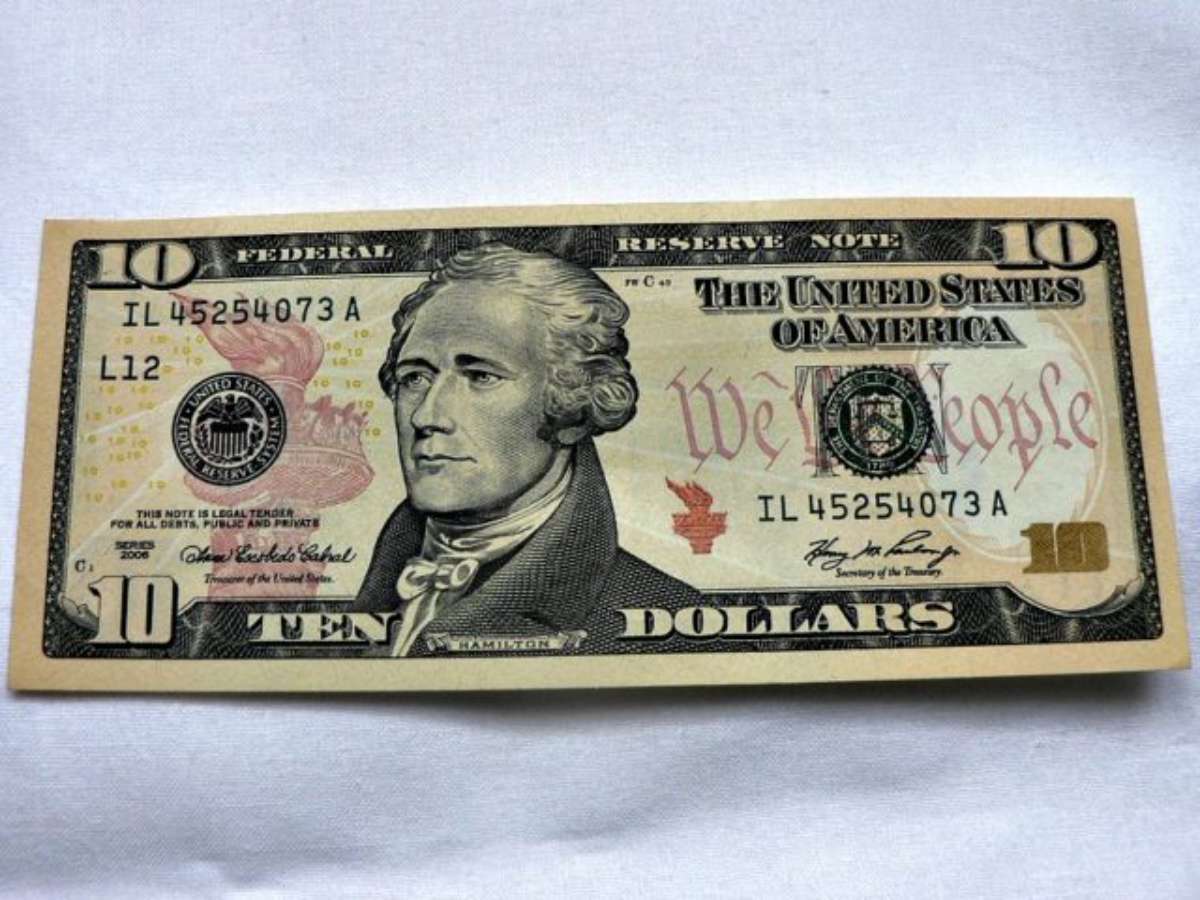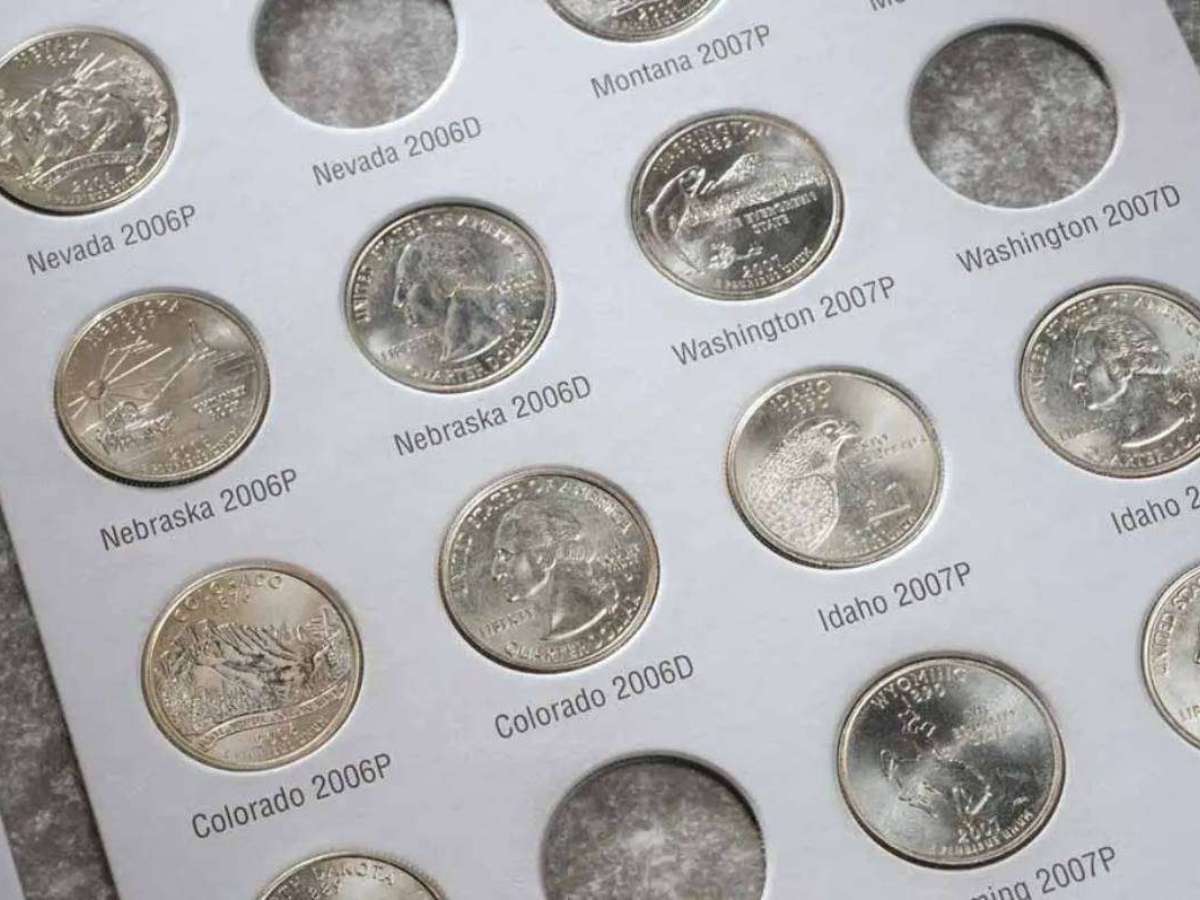Did you know there’s a 1965 silver dime worth more than $3,000?
Yep… a 1965 dime error that you’ll want to start looking for in your spare change!
Although the United States Mint began making the Roosevelt dime from copper-nickel clad in 1965, some of the 90% silver dime planchets intended for striking 1964 dimes were stamped by the 1965 dies. And the rest, as they say, is numismatic history.
These 1965 transitional silver dime errors are not only worth big bucks — they’re quite rare, too. Only a handful were made.
This article includes everything you need to know about the 1965 dime error, including:
- Current 1965 silver dime values
- How to tell a silver 1965 dime error from a regular 1965 clad dime
- Tips on how to find rare 1965 silver dimes
How Much Is A 1965 Silver Dime Worth?

The value of these transitional errors depends on the condition of the individual coin. However, most of the examples that have traded hands over the past decade have sold for more than $3,000.
Here’s a look at a few of the 1965 Roosevelt silver dimes that have sold at auction:
- MS68 Full Bands by PCGS — Sold for $3,818 in March 2013
- AU55 by ANACS — Sold for $4,025 in January 2011
- AU55 by PCGS — Sold for $5,175 in September 2010
- AU58 by PCGS — Sold for $6,600 in August 2018
- AU55 by NGC — Sold for $7,800 in August 2019
- AU58 by NGC — Sold for $8,400 in September 2019
- MS62 by PCGS — Sold for $9,000 in September 2019
- MS62 by PCGS — Sold for $16,450 in November 2012
As you can see, values for this 1965 dime error are all over the board!
Again, how much this 1965 silver dime is worth depends on the condition of the coin. Other market factors are also important — including how many people are bidding for the dime at any one event and the interest level for this transitional error.
NOTE: A similar error happened with 1965 quarters, which are also quite popular and worth a lot of money!
How To Identify The 1965 Silver Dime Error
So, how can you tell a regular 1965 clad dime from a 1965 silver dime?
A lot of people think 1965 dimes that look extra dirty, light, or dark are candidates for being the error coin. The thing is, you can’t just go on looks alone. While some 1965 silver dimes do appear lighter and tend to have darker toning patterns around the main designs and lettering, these visual distinctions aren’t sufficient on their own for attributing a 1965 dime error.
One of the most important ways to distinguish between a clad and silver 1965 dime is to weigh it:
- The clad Roosevelt dime weighs about 2.27 grams.
- A silver dime tips the scale at around 2.5 grams.
Still, even if your 1965 dime checks out with the weight, it’s a good idea to get it professionally authenticated and graded. (That’s what those PCGS, NGC, ANACS letters above signify!) Not only will this help confirm you have the real McCoy — but getting your 1965 dime error slabbed may help it sell more quickly and for more money than if it were raw (not in a third-party coin holder).

I like the Weigh Gram coin scale best.
How Much Is A Regular (Non-Silver) 1965 Dime Worth?
If you’re reading this and are disappointed to find out your 1965 dime isn’t made from silver, nor is it an error… take heart.
Unfortunately, normal, worn 1965 copper-nickel clad dimes (the kind you’re most likely to find in pocket change) are worth their face value of 10 cents.
Fortunately, some 1965 dimes do have higher values:
- Uncirculated 1965 dimes (the kind that have never been spent as money) are worth about 30 cents and up
- SMS 1965 dimes (included in the 1965 Special Mint Set) are worth about $1.50 or more
*Values are for coins that are typical representatives of their grade. Nicer pieces are worth more, while those with surface damage are worth less.
Tips For Finding A 1965 Dime Worth Money
Hoping to land the rare 1965 silver dime or some other coins worth more than face value?
Here are 3 tips that may help to increase your odds of finding rare and valuable coins:
1 – Check your change. This may seem obvious, but a surprising number of coin collectors pay little attention to the coins that go through their hands every day! Many of them think that only old coins are worth money and don’t bother checking their change — which is generally made up of coins made since the 1960s. However, as we’ve seen here with the 1965 silver dime, some of the more modern ones are quite valuable, too!
2- Search bank rolls & boxes. Rolls of coins from the bank (as well as boxes containing multiple rolls) are one of the favorite searching grounds for coin treasure hunters. You can buy bank rolls and boxes at face value — and they can provide hours of coin searching fun! Many of the rarest circulation finds have been made by coin collectors looking for coins in rolls and boxes.
3 – Visit estate sales & garage sales. You might actually make an incredible discovery right in your own neighborhood! Many old coin collections are simply tossed aside like yesterday’s news — up for grabs for face value (or close to it) at yard sales. Maybe you’ll find something worthwhile at the next rummage sale or estate sale you attend!




